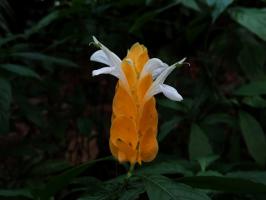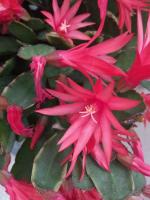1、 Curing method
1. Soil: human heart fruit likes fertile, breathable and loose sandy soil, so that its roots can grow faster. In addition, the soil should have good drainage to avoid ponding

2. Temperature: it likes to grow at the temperature of 20 ~ 28 ℃ and has no cold resistance. However, as long as the temperature is not lower than 5 ℃, it will not be frozen to death by low temperature. However, it is safer to spend the winter at 15 ℃
3. Light: it should be given enough sunshine during maintenance, but it should be placed in a sheltered place in summer. It is forbidden to be exposed to the sun

4. Moisture: it needs more water in spring and summer, less water in autumn and winter, and the soil should be kept moist during maintenance
2、 Breeding skills
1. Pruning: prune in spring and summer every year. Pruning is to cut off too dense branches and leaves, which is conducive to ventilation and prevention of diseases and pests
2. Reproduction: sowing can be carried out in early spring. Put the seeds evenly in the soil and keep the temperature at 25 ~ 28 ℃. They will germinate three to four weeks after sowing

3、 Diagnosis and treatment problems
1. Soot disease: soot disease is a common disease. Once there are symptoms of the disease, we should cut off the diseased leaves at the first time and use Bordeaux liquid agent for prevention and control
2. Anthrax: brown spots appear at the root and become larger over time. First, the root of the disease should be cut off and treated with methyltobuzin

4、 Other issues
1. Whether it is poisonous: it is non-toxic. If it is planted in its own yard, it is very ornamental and edible
2. Whether it can be raised in the open: it can be raised in the open, but it should be kept in a place with good lighting conditions. It is recommended to keep it indoors in winter


 jackfruit
jackfruit snake plant
snake plant hibiscus
hibiscus hydrangea
hydrangea lavender
lavender Green roses climb al...
Green roses climb al... If you don't pay att...
If you don't pay att... Management of four g...
Management of four g...



































